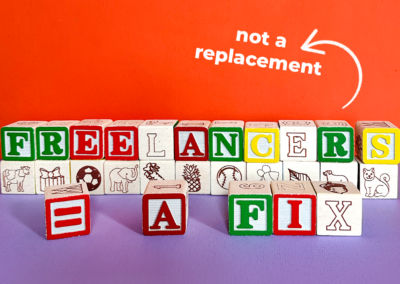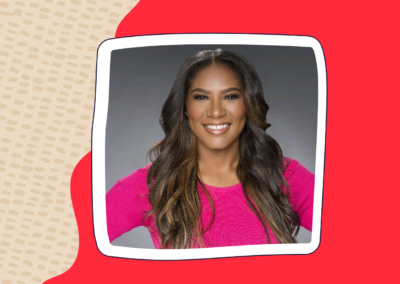Whether your company is looking to make its first hire or you’re in growth/scale mode, let’s face it: hiring practices are being overhauled across the board. Today’s job market is experiencing a “perfect storm” of mass layoffs and rapid hiring efforts simultaneously, all while requiring companies to re-evaluate their existing processes to adapt in this new normal we’re in. Diversity hiring efforts are being thrust into the spotlight as well, and as a result, organizations are having to take a more proactive, intentional approach to recruitment than ever before.
When it comes to building teams, especially in fast-moving, ever-changing, and ambiguous environments, most decisions are made reactively and/or with a sense of urgency which leaves plenty of room for risk. As humans we tend to lean into the areas where we feel most comfortable, as a primary way to de-risk our decision-making process. It’s natural for us to equate difference with risk.
For example, when it comes to identifying talent we will typically:
-
-
-
- Hire who we know
- Hire who reminds us of us
- Hire people in our “trusted” network
-
-
From candidate sourcing strategies and interviewing frameworks to onboarding toolkits and employee benefits, businesses are expected to be more nimble, flexible and open to feedback around their hiring practices than ever. More specifically, companies are being challenged to re-evaluate how they make their hiring decisions. Whether it’s the number of interview rounds, assessments/case study content, or defining what “top talent” means for an organization, our current ecosystem is shifting the power dynamics towards the desires and expectations of the candidates. Long gone are the days of the one-way interview process.
Let’s take a step back. According to the U.S. Department of Labor, the average cost of a bad hire is up to 30% of the employee’s salary. With people being the “most valuable asset” of a company, one could easily argue a much higher cost. So how do companies try to ensure they hire the right candidate from the start?
-
-
-
- The most common hiring trends we see are:
- Lengthy interview rounds and panels (4+)
- Unpaid labor through assessments, case studies, projects, etc.
- Listing “nice to have” competencies as “requirements”
- Unintentional and/or redundancy in interview questions
- Little or no consistency with process and/or defined hiring criteria
-
-
These processes often stem from a lack of clarity or confidence around the organization’s must-haves vs. the nice to haves when defining their hiring criteria. We’re seeing the direct impact that biases (conscious and unconscious) have on the hiring process, when those decisions are guided by the “rush to solve” or “affinity” biases that stem from all of these factors. As a result, the candidate experience takes a back seat.
Regardless of industry, stage or size, today we’re seeing candidates holding companies to a higher standard. They are creating their own requirements or “rules of engagement” when seeking a new position. Factor in the dramatic shifts in workplace expectations over the past year and a half, candidates (especially those in high demand) are interviewing companies just as much as companies are interviewing them.
So what can companies do to hire more confidently and consciously moving forward, while being in a candidate-driven market? First and foremost, it’s time to move away from reactive hiring to avoid these common pitfalls, and pivot to a more proactive, intentional approach to team building.
Hiring should go beyond filling a seat or checking a box. Creating custom hiring infrastructures that will attract and efficiently onboard desired talent at scale, is key in elevating your hire process. At Hill Street Strategies, we do this by taking a strengths-based, human design approach to building more trust and equity in the hiring process. We serve as candidate advocates.
Organization leaders and hiring managers should be away aware of four key things to better serve your candidates:
-
- How much you’re realistically asking of your candidates in the hiring process, such as unnecessary pre-work or multiple rounds of interviews.
- Your company’s messaging and if it accurately conveys your unique positioning and what you offer to your candidates.
- The intentions and desired outcome goals of each step in the interview process to avoid redundancy.
- Onboarding processes and how you ensure your new hires are set up for success.
Candidates have more to offer than the titles or experiences they’ve managed to collect on their resume. They deserve fair and equitable experiences, and their time should be valued as such. Throughout the hiring process, candidates want to know how your company would value them, just as you are assessing their value to your organization.
It is absolutely possible for a company and candidate to achieve a mutually beneficial experience with another, but there first needs to be trust, accountability and confidence in the hiring process to achieve those results.
Hilliary’s Socials: LinkedIn, Twitter, Instagram, Website
Editor’s Socials – Dominque Dajer: LinkedIn, Twitter, Instagram



